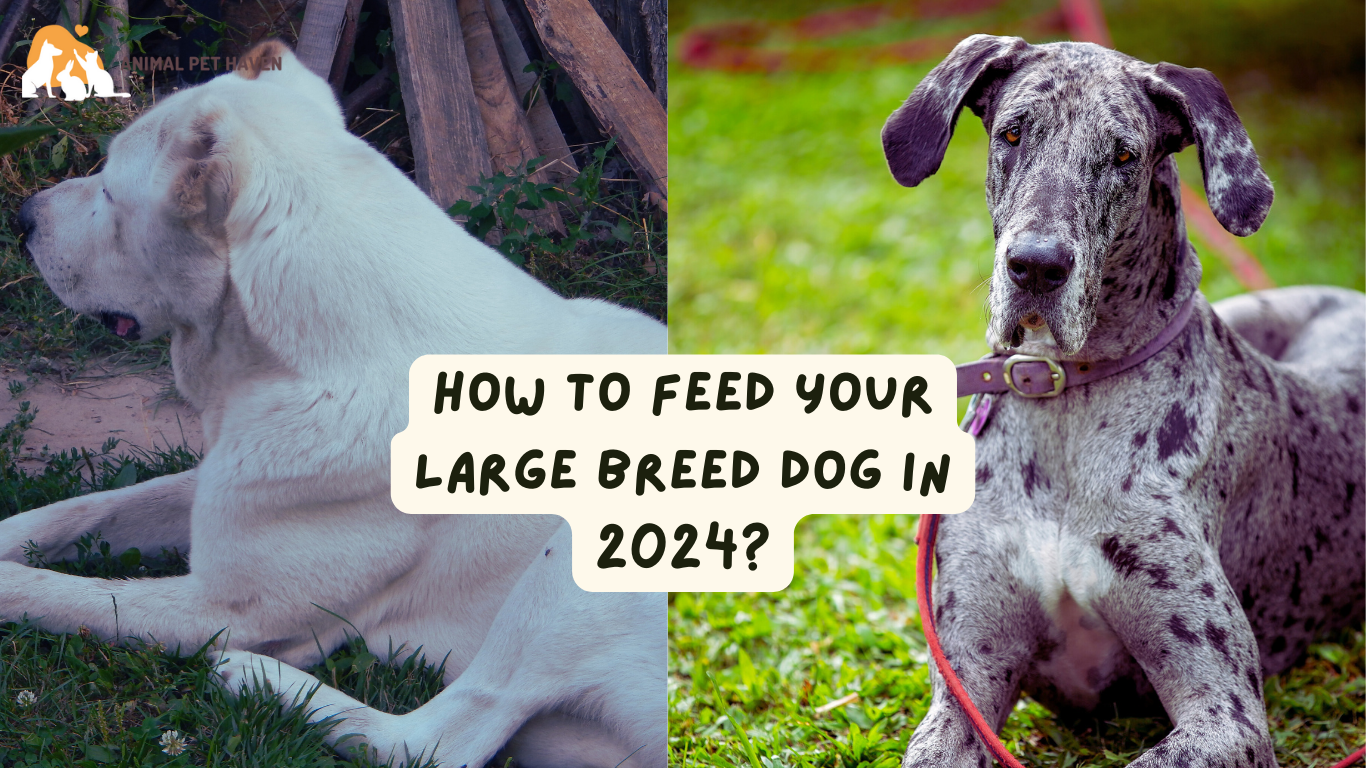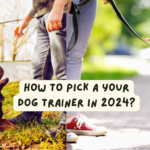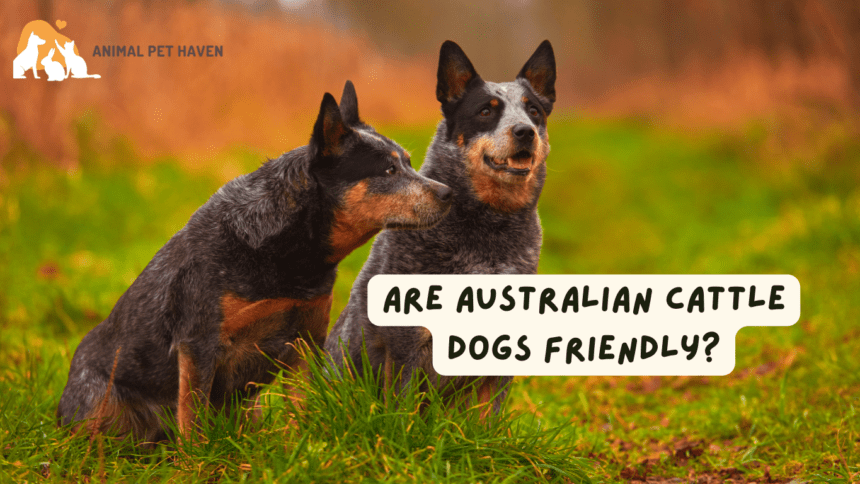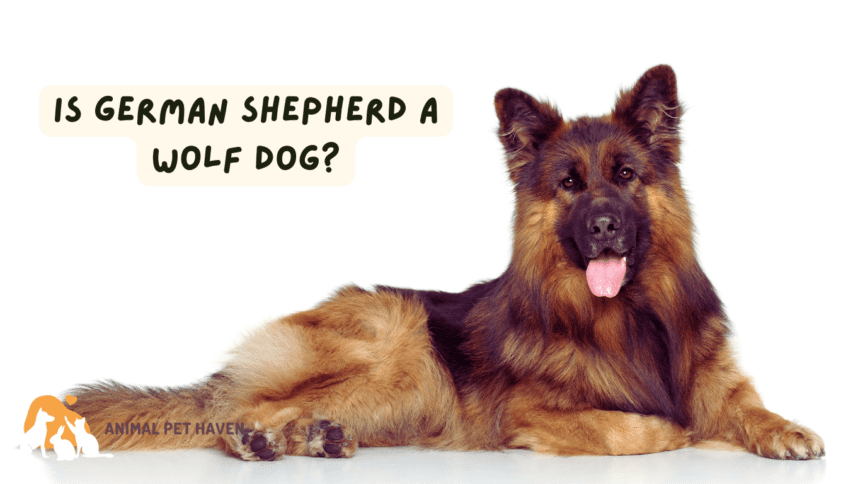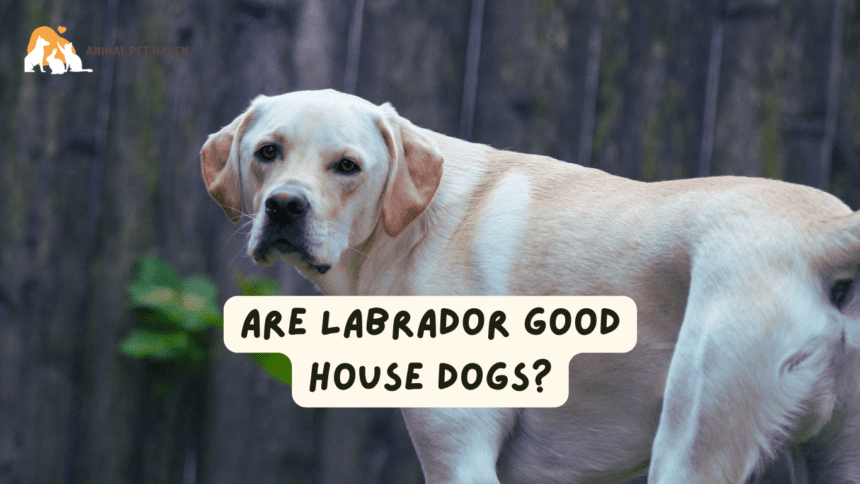If You Want your German Shepherd in great health, one of the most important things you can do is feed a nutritious diet. Although there is much debate among dog lovers about how this is defined, and many factors that weigh in when deciding what to feed your dog, the bottom line is nutrition.
As a dog owner, your choices in commercial diets include:
• Dry, extruded
• Dry, cold pressed, baked
• Wet/can
• Freeze-dried
• Rough
• Freshly cooked, home delivery
You can also choose to cook for your dog. The best and safest way to do this is to consult with a certified veterinary nutritionist to ensure your dog is getting the best feeding options. Generally, a nutritionist will evaluate your pet, perform or review lab work, create a recipe, and prescribe supplements specific to your pet.
Most people live on commercial diets. There are hundreds of dog foods on the market, and each one is fighting to get your attention. Marketing trends play a huge role in how owners perceive the nutritional value of dog food, as well as their personal biases towards ingredients and manufacturers.
Things to watch out for when feeding your German Shepherd:
When choosing a dog food, the first thing to look for is the AAFCO, Association of American Feed Control Officials, nutritional adequacy statement on the pet food label. This statement will tell you whether the feed is complete and balanced for a particular life stage, such as growth, reproduction, maintenance to maturity or a combination of these, or whether the feed is intended only for intermittent or supplementary feeding.
For nutritional purposes, dogs weighing 50 pounds or more are generally considered large breeds by many dog food manufacturers. However, AAFCO defines puppies and large breed dogs as any dog expected to weigh more than 70 pounds at maturity. Since the breed standard for adult male German Shepherds is 65-90 pounds and females 50-70 pounds, German Shepherds are considered large breed dogs for nutritional purposes.
Feeding adult dogs:
When choosing a food for your adult dog, you will look for one that is designed for “adult care”. Large-breed dogs are best.
Feeding large breed puppies:
Look for this statement when feeding large-breed puppies:
Pet Food Name is formulated to meet the nutritional levels established by the AAFCO Dog Food Nutrient Profiles for growth / all life stages including growing large dogs (70 pounds or more at maturity).
All puppy foods that say:
“Pet Food Name is formulated to meet the nutritional levels established by the AAFCO Dog Food Nutrient Profiles for growth/all life stages except for growing large dogs (70 pounds or more at maturity).
The choice of food for a large breed puppy is very important. Dog food containing the wrong ratio of calcium to phosphorus can cause rapid growth which can lead to:
• Hip dysplasia
• Cruciate ligament injury
• Stress on growing bones and joints
• Orthopedic problems
Protein Requirements for Puppies:
You can’t change your dog’s genetics, but you can control your puppy’s diet. Large breed puppies should consume food that contains at least 30% high-quality protein and 9% fat in dry matter.
The ratio of calcium and phosphorus in food for puppies of large breeds:
The maximum amount of calcium for large breed puppies is 4.5 grams of calcium for every 1000 calories (kcal) in food or 1.8% calcium. The ratio of calcium to phosphorus in your puppy’s diet should be between 1:1 and 1:3. Large breed puppies that consume a balanced diet containing the recommended amount of calcium do not need calcium supplements.
How Much Should You Feed Your Large Breed Dog?
Since calorie counts in dog food vary widely, you’ll want to determine how many calories to feed a puppy or adult dog and go from there. The most accurate way to know if you are feeding the correct number of calories is to weigh your food. After weighing the portion, you can easily measure out in a cup for easy daily feeding.
How to feed older dogs:
Senior dogs do not require a specific senior diet. However, they can suffer from muscle wasting, cognitive decline, pain, stiffness, arthritis, and a weakened immune system, which can lead to inflammation and disease.
So unless your senior dog has been diagnosed with a health problem and is on a prescription diet, it is very important to reevaluate his food. As dogs age, their metabolic functions, energy requirements, nutrient requirements (fats, proteins, carbohydrates, amino acids), and digestion change.
However, they still require high-quality protein, usually with less fat. There are many great foods for seniors on the market that can provide health benefits to support a healthy weight, support the immune system, and even help improve cognitive function.
We hope these tips help you find the right food for your large-breed dog. As always, feel free to share.
There are several schools that people go to to become certified as Dog trainers. And many dog trainers have never been to dog training school at all. Which should you choose? Which Schools Produce Better Dog Trainers?
Dog training schools are completely unregulated. Some are completely online and you never even have to physically train a single dog to graduate. Others require personal training where you bring your dog, or puppy or even work with rescue dogs so they will be suitable family companions after adoption. In my opinion, a trainer who has been taught by an instructor personally will be a better choice. When you take an online course, you can’t learn subtleties like timing and reading body language.
As for schools, some are next to useless in teaching students practical problem-solving training and even basic obedience training techniques. Others are top-notch and run by people who are top competitors in dog sports, obedience competitions, etc. The list of good and bad would be longer than a CVS endorsement, so you’ll have to ask questions to filter the good from the bad.
Never be afraid to ask tough questions about a coach’s personal experience and the school they attended. What does that individual have or do with dogs? Do they only train strangers’ dogs, or do they compete in AKC obedience, for example? Do they do IPOs, PSAs, herding trials, etc. with their dog? If they are not proactive in training themselves and their own dogs, that is a red flag.
It’s easy to say you’re good or qualified for a task if you’ve never had to prove it in a competition. If you have the option, always choose someone who competes or has competed. I’m not saying go to world champions to train your dog, I’m saying competition makes good dog trainers better.
If a person can handle the pressure of all the eyes on them when they compete, they are more likely to be able to handle the pressure of working with multiple dogs with multiple personalities daily. A person who competes well will have mentors, get advice from other competitors and friends who compete at a higher level. Such experiences cannot be bought or taught in school. It can be something as simple as learning how to hold a leash in a certain way or using equipment in an unfamiliar way, which turns out to be an improvement.
A teachable person is the best dog trainer. Ask the trainers you’re considering hiring “What’s the last thing you learned about training, and how long ago was it?”. Even the top trainers in the world learn new things regularly.
A top trainer may be able to train a dog to do a certain task just fine, but it only takes someone who thinks differently than most to discover a newer, easier, faster, or better way to teach the same task. Teacher trainers adopt this technique themselves and abandon the old technique, even if the old one worked well. Better is better. Learned people know this.
Be sure to ask how the trainer trains and their philosophy on dog training. A lot of schools and a lot of competitors are “old school, tug and click” coaches. They’re hard because A: it works and B: it’s fast. The faster they can train a dog, the more dogs they can train. Although effective, it is stressful. It can shut down a shy dog and make dogs in the middle of the road shy.
They will do as they are told, but they will hate training. Good trainers try to make the dog want to do what they want him to do. This is achieved through the use of praise, food, and playing with toys. Patches should not be used unless necessary.
R+ or only positive trainers do not use corrections at all. This works relatively well for most dogs, especially those that are highly motivated to eat but don’t have a lot of prey. Dogs with high levels of prey drive seem to be the dogs that don’t do as well without corrections. If chasing a squirrel down the street is more interesting to them than a treat, there’s not much you can do to convince them otherwise without using corrections.
One would have to focus more on engaging and teaching the dog to ignore everything but its trainer/handler and that takes a long time and a lot of skill. Even then it won’t be 100% for highly motivated prey dogs.
As with most things, middle-of-the-road trainers seem to have the most success with more dogs. A trainer who will use corrections when deemed necessary, but prefers to do everything positively with food and toys, tends to work with dogs that are shy to working line dogs that are very focused and determined.
Finally, make sure you ask the right questions. Be aware that having a certificate can mean a lot or nothing because the dog training market has no guidelines and no regulations. Try to find trainers who compete or have competed with other dog trainers. And last but not least, try to find a balanced dog trainer. Especially if you have problems that can harm your dog or other people.
Read More…
How to Introduce Dogs to Each Other at Home
How To Train Dog To Wait At The Door?

